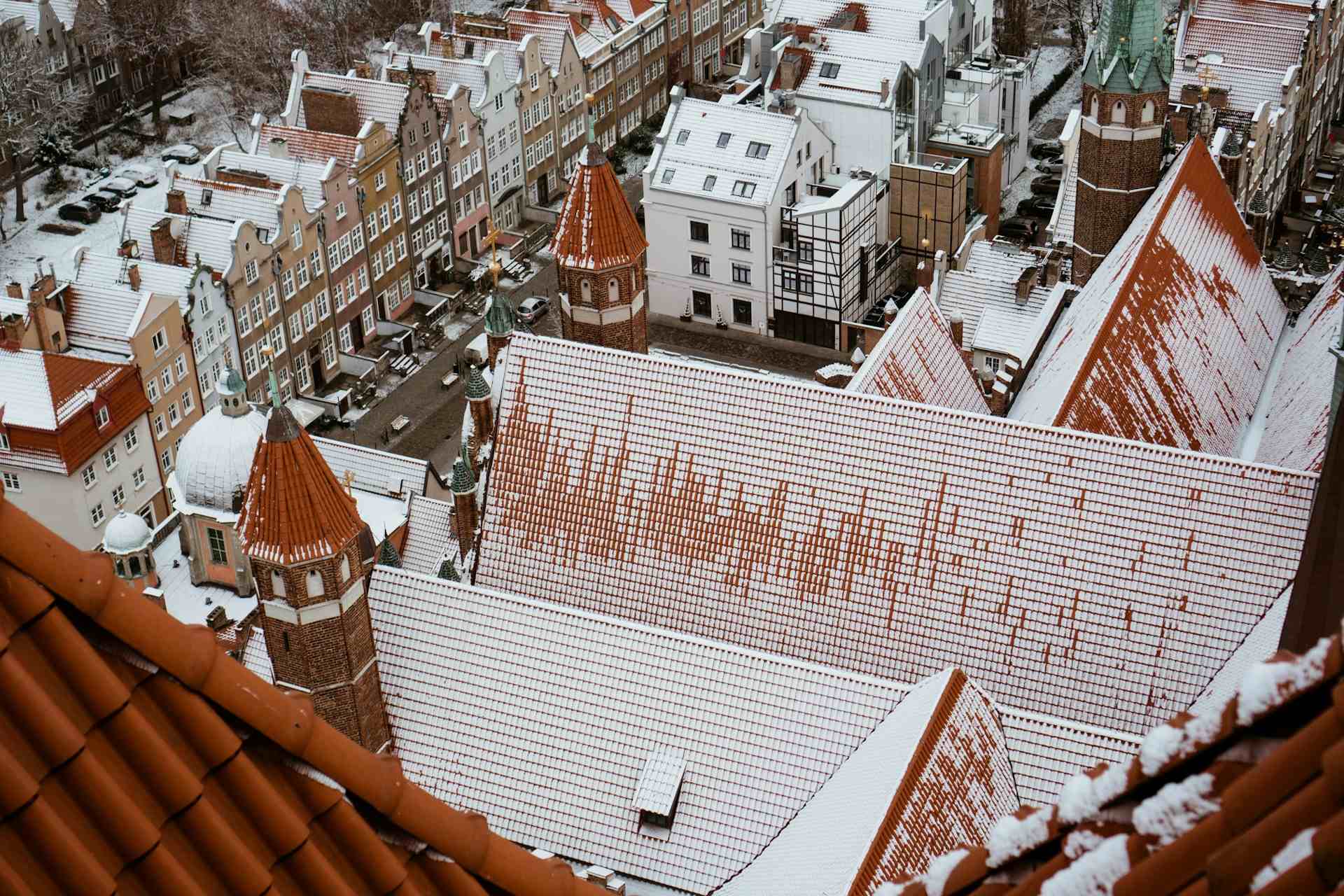In England and Wales, around 236,500 properties, valued at £64 billion, are hidden behind opaque trusts, according to Transparency International. These trusts often obscure the true ownership of assets, raising concerns about hidden wealth, potential corruption, and the effectiveness of property regulations.
Although the UK government introduced a property register for offshore assets in 2022, many property owners still use trusts or companies owned by trusts to conceal their identities. This loophole allows individuals, including kleptocrats and sanctioned figures, to shield their assets, effectively evading sanctions. The use of these structures continues to complicate efforts to trace ownership and enforce accountability.
Transparency International points out that the use of trusts has undermined efforts to enforce sanctions, particularly against Russian nationals. By hiding assets in trusts, individuals can more easily conceal and transfer wealth, making it harder for authorities to hold them accountable. The organization urges the government to close these loopholes, ensuring that the true ownership of property held through trusts is fully disclosed.
Joe Powell, a Labour MP who chairs an all-party parliamentary group on corruption and tax, argues that trusts are becoming the “go-to vehicle for kleptocrats” who wish to hide illicit wealth. He highlights the issue in his own constituency, Kensington and Chelsea in London, where around 40% of overseas-owned property is held through a trust. This has led to growing concern about the misuse of property ownership structures for illicit purposes.
The government is currently consulting on expanding third-party access to trust registration, aiming to improve transparency. A Treasury spokesperson pointed to the £25 billion worth of Russian assets already frozen and efforts to work with international allies to deprive Russia of over £300 billion. However, Transparency International believes more robust action is necessary to effectively tackle corruption and ensure full transparency in property ownership.
This issue underscores the complexities of ensuring transparency in property ownership. It highlights the challenges in revealing the true owners of assets, especially when wealth is hidden behind opaque structures designed to avoid scrutiny.


